LEDs have come to the forefront of the market in recent years; investing in LEDs not only saves you a lot of money, but dramatically reduces the hassle of relamping and replacing units. With fluorescents gradually being replaced by LEDs, you may have thought the days of flickering lights were completely over. Though T8 LEDs are usually free of issues and flickering happens less often than with fluorescents, sometimes LEDs can blink, flicker, or even fail to turn on altogether. Generally, finding a solution to these issues is a relatively simple process. Read on for a few simple steps you should carry out to establish the root of the problem. We recommend that all the below steps be taken by qualified, registered electricians.
Step One – Identify Your Current Setup
The first step to identifying the problem is to evaluate your current setup. Check your lamps, wires, ballast/driver, and tombstones for bad connections or loose wires. A common reason for flickering T8 LEDs is a loose connection within the circuit. Addressing a power-connection issue or loose wire to the driver circuit will often easily resolve the flickering or no-power issue. Ensure the lamp is screwed correctly in place and the connection point hasn’t become loose over its lifetime.
- Check for loose wires.
- Tighten and securely screw lamp correctly in place.
- Ensure the connection point hasn’t become loose.
- If the wiring is loose at the connection point, disconnect power to the circuit and secure wiring as needed.
Step Two – Narrow Down Other Potential Points of Failure
If your wiring and connections are working, the issue may be resolved by checking for incompatible switches. Many new T8 LED lamps are incompatible with older dimmers and switches. There are a number of other potential points of failure resulting in the flickering or power issues with your LED lamps, including:
- Incompatible switches
- Driver components
- Relaxation oscillator
- Incorrect power/surge wattage
- Changing voltage levels
Regarding Incompatible Switches
With the exponential advancement of LED technology, a lot of modern LEDs are not compatible with older switches we have known and used for years. Dimming switches cause the most issues because many of them are incompatible with modern LED technology. To test if your switches are causing the flickering in your LED bulbs, test your switches by replacing your bulb with a traditional incandescent bulb.
Most dimmers work via phase cutting, meaning voltage is reduced. While this is useful in many situations, an LED circuit has more difficulty with this process, resulting in an amplified flicker or lack of power on startup. If your application requires dimming, there are LED-specific dimming switches available. LEDs are almost always a worthwhile investment, so ensuring your current solution works in conjunction with this new technology is important. Evaluate your application and make the necessary changes required to ensure your LEDs run how they should.
Driver Components
In many cases, the flickering of a T8 LED can be related to the driver components within the lamp. By using a controlled output current to reduce the risk in altering frequency, T8 LED lamps are less likely to flicker. Constant-current drivers help avoid any peaks in the current wave, eliminating any flickering.
Relaxation Oscillator and Electronic Series Resistance
Cheap lamp components—such as a capacitors (they store energy), which are heat sensitive and often come with low rated lives—can affect the output of your lamp. Capacitors control the current supplied to the LED through a driver module. An equivalent series resistance (ESR) is a change in a lamp’s characteristics and performance caused by cheaper components, uncontrolled temperature, and frequency interruptions. Another electrical effect that can cause power issues and flickering of an LED lamp is known as a relaxation oscillator. A relaxation oscillator causes the capacitors inside an LED lamp to flip between their on and off cycles; a charging cycle when the lamp is powered off means the lamp should remain turned off but the relaxation oscillator effect causes temporary (i.e., nanoseconds-long) illumination, which the average person sees as a flicker.
Incorrect Power and Surge Wattage
When a lamp is first installed, it requires more power than if it had been running on a consistent basis for some time. This extra power can put a strain on the LED lamps and cause them to flicker, typically as a result of a drop or surge in power. To prevent this issue, it is recommended to move larger-load items to a high-volt circuit. This eliminates the pressure on the entire voltage load, thus eliminating the risk of flickering.
Changing Voltage Levels
Voltage levels change through the wiring of an application. Voltage flows through each wire, each of which use a specific voltage level. A change in voltage level can be caused by multiple appliances being used at one time, causing peaks and dips in your voltage levels, resulting in a flickering lamp. This is a common problem in many households due to the amount of appliances using a heavy power load. Check the current running to your home/office/space to ensure it provides adequate voltage levels to run everything you need, when you need them.
Step Three – Address the Malfunctioning Component
When you have tested all components and narrowed it down to the malfunctioned component, speak to you manufacturer and explain the tests you’ve carried out. If your lamp is in warranty, your manufacturer should replace it. If the lamp is out of warranty, your manufacturer can help you find a replacement piece. It is advised to always have a qualified electrician switch out the components to assure safety remains a top priority.
Step 4 – Replace the T8 LED Tubes or Purchase an LED Fixture
If you have carried out the above tests and your LED lamps are still flickering or not powering on, replacing your T8 LED lamps may be a more worthwhile, efficient option. Access Fixtures no longer offers T8 LED lamps for you to choose from, but we do offer LED fixture replacements such as the OTAT fixtures. OTATs last for over 50,000 hours and are even more energy-efficient than T8 LED lamps. These fixtures are ideal for mechanic shops, retail locations, paint booths, artist studios, and anywhere that requires detail-oriented work. EPTA is also another flicker-free LED choice. EPTA is a linear fixture ideal for replacing T8 or T5 LEDs and is L70 rated at over 200,000 hours.
Speak to an Access Fixtures Lighting Specialist about Choosing the Right Fixture
We don’t expect you to make all these calculations—and that’s why we’re here. Selecting LED equivalent wall packs doesn’t have to be difficult. Simply enough, we love this stuff and look forward to helping you navigate the transition from older technologies to LED. Give us a call at (800) 468-9925 and we’ll find you a solution!
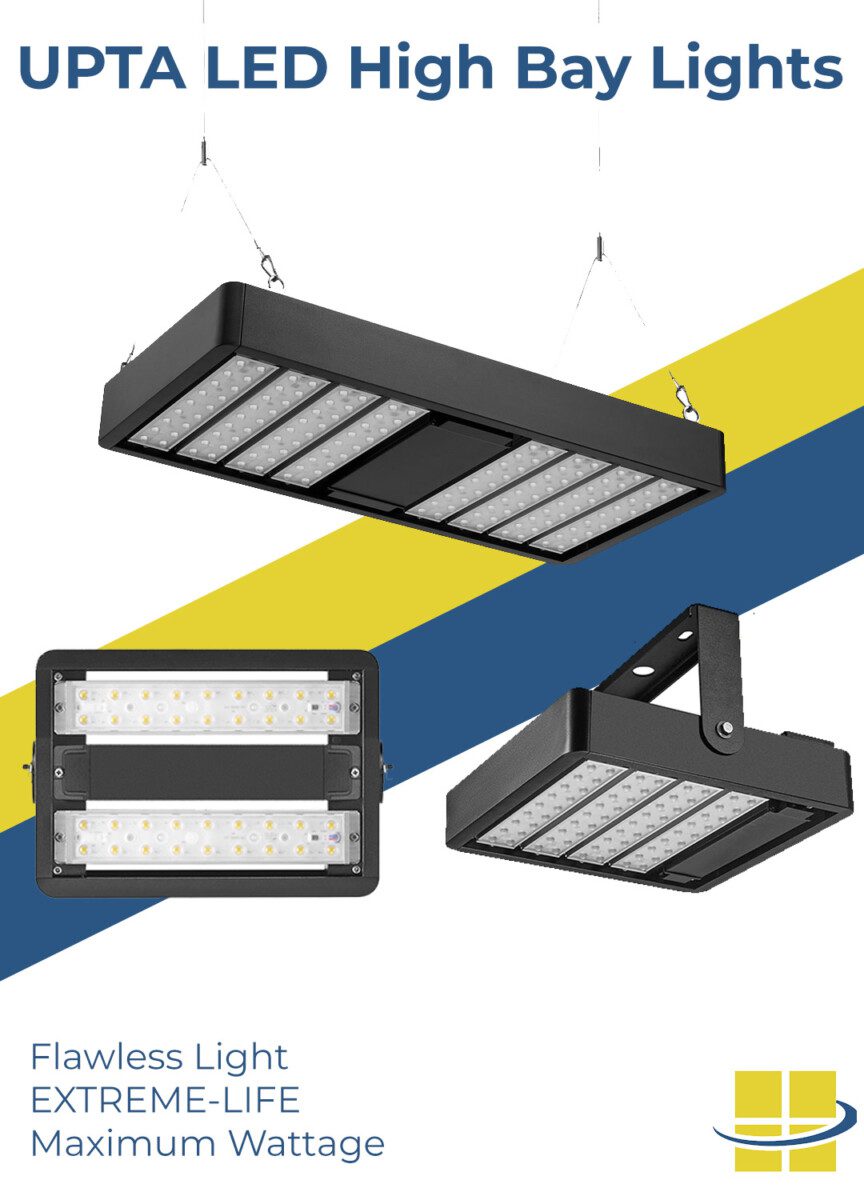
New UPTA LED High Bay Light Fixtures With Advanced Optics, High Lumens-per-Watt, IP66, IK10 and EXTREME-LIFE Rating
WORCESTER, MASSACHUSETTS, UNITED STATES, April 22, 2023 - Access Fixtures, a leader in commercial and industrial LED lighting, today announced the launch of UPTA, a new line of LED high bay lights. This range is designed for large facilities with high footcandle...
Sorry No Results Found
The page you requested is no longer on the site. Try refining your search using the search box, or use the navigation above to locate the post.
You can also call us at 800-468-9925 or Chat with a Live Certified Lighting Specialist. Or...
Recent Blog Posts
 Are UV Blocking Fluorescent Tube Guards Obsolete?
Are UV Blocking Fluorescent Tube Guards Obsolete?
Ultraviolet light (UV) is used in the manufacturing process of many products. Typically, UV used for manufacturing or processing is for UV curing. Manufacturing processes that use UV for curing ...
 Non UV LED Lights vs. Lights With No UV Light Below 450nm
Non UV LED Lights vs. Lights With No UV Light Below 450nm
Non UV LED lights find application in environments where the absence of ultraviolet (UV) light is preferred such as some hospital applications, art museums, and consumer therapy lights such as ...
 Best Heat-Resistant LED Lights
Best Heat-Resistant LED Lights
Which LED light stands out, topping the list as one of the Best Heat-Resistant LED Lights, and what makes it a unique and intelligent choice? This distinction is earned through ...
 High-Temperature LEDs – Lifespan
High-Temperature LEDs – Lifespan
As the demand for advanced lighting solutions rises, understanding how high heat affects the lifespan of high-temperature LEDs becomes imperative. In contrast to standard LEDs, high-temperature LEDs are engineered to ...
 How Much Heat Can A High-Heat Light Fixture Withstand?
How Much Heat Can A High-Heat Light Fixture Withstand?
Inquiring about the heat tolerance of any high-heat light fixture is crucial for ensuring optimal performance and safety in various applications. Understanding the limits of these fixtures is essential for ...

Dry Aged Meat Cooler Lighting Solution
A customer came to us looking for a unique solution to a unique problem - lighting the inside of a dry-aged meat cooler meant to display food products to customers. We were happy to rise to the challenge. Meat Cooler Lighting Problems The customer faced a few...

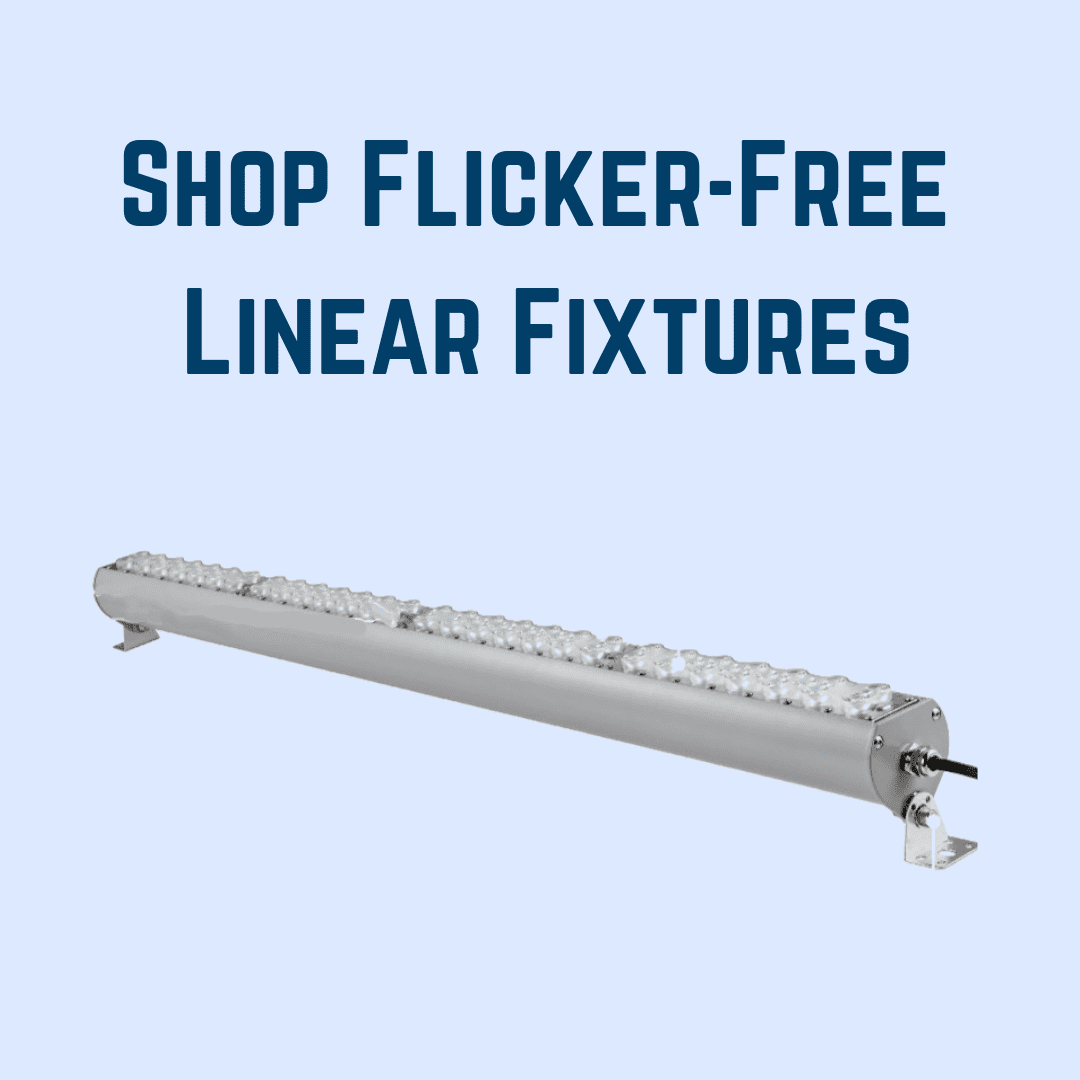

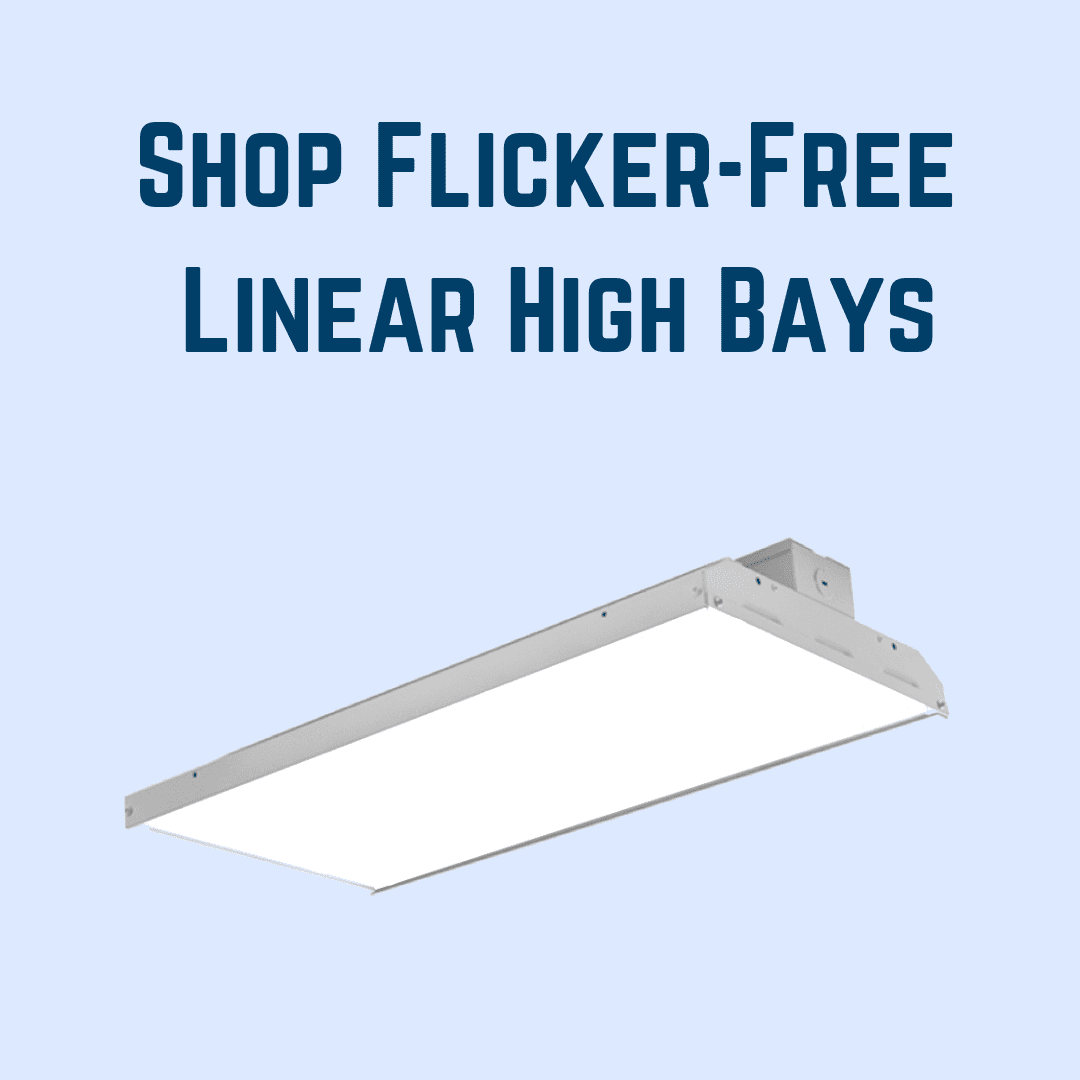


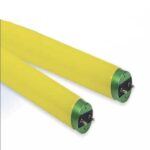 Are UV Blocking Fluorescent Tube Guards Obsolete?
Are UV Blocking Fluorescent Tube Guards Obsolete? Non UV LED Lights vs. Lights With No UV Light Below 450nm
Non UV LED Lights vs. Lights With No UV Light Below 450nm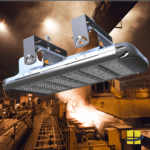 Best Heat-Resistant LED Lights
Best Heat-Resistant LED Lights High-Temperature LEDs – Lifespan
High-Temperature LEDs – Lifespan How Much Heat Can A High-Heat Light Fixture Withstand?
How Much Heat Can A High-Heat Light Fixture Withstand?